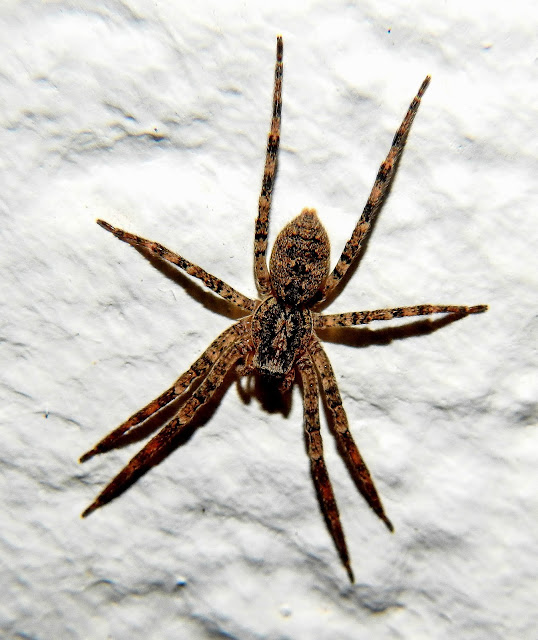The western cattle egret (Bubulcus ibis) is a species of heron (family Ardeidae) found in the tropics, subtropics and warm temperate zones. Most taxonomic authorities lump this species and the eastern cattle egret together (called the cattle egret), but some (including the International Ornithologists' Union) separate them. Despite the similarities in plumage to the egrets of the genus Egretta, it is more closely related to the herons of Ardea. Originally native to parts of Asia, Africa and Europe, it has undergone a rapid expansion in its distribution and successfully colonised much of the rest of the world in the last century.
It is a white bird adorned with buff plumes in the breeding season. It nests in colonies, usually near bodies of water and often with other wading birds. The nest is a platform of sticks in trees or shrubs. Western cattle egrets exploit drier and open habitats more than other heron species. Their feeding habitats include seasonally inundated grasslands, pastures, farmlands, wetlands and rice paddies. They often accompany cattle or other large mammals, catching insect and small vertebrate prey disturbed by these animals. Some populations of the cattle egret are migratory and others show post-breeding dispersal.
The adult cattle egret has few predators, but birds or mammals may raid its nests, and chicks may be lost to starvation, calcium deficiency or disturbance from other large birds. This species maintains a special relationship with cattle, which extends to other large grazing mammals; wider human farming is believed to be a major cause of their suddenly expanded range. The cattle egret removes ticks and flies from cattle and consumes them. This benefits both species, but it has been implicated in the spread of tick-borne animal diseases.
The cattle egret has undergone one of the most rapid and wide reaching natural expansions of any bird species. It was originally native to parts of Southern Spain and Portugal, tropical and subtropical Africa and humid tropical and western Asia. In the end of the 19th century it began expanding its range into southern Africa, first breeding in the Cape Province in 1908. Cattle egrets were first sighted in the Americas on the boundary of Guiana and Suriname in 1877, having apparently flown across the Atlantic Ocean. It was not until the 1930s that the species is thought to have become established in that area.
The species first arrived in North America in 1941 (these early sightings were originally dismissed as escapees), bred in Florida in 1953, and spread rapidly, breeding for the first time in Canada in 1962. It is now commonly seen as far west as California. It was first recorded breeding in Cuba in 1957, in Costa Rica in 1958, and in Mexico in 1963, although it was probably established before that. In Europe, the species had historically declined in Spain and Portugal, but in the latter part of the 20th century it expanded back through the Iberian Peninsula, and then began to colonise other parts of Europe; southern France in 1958, northern France in 1981 and Italy in 1985. Breeding in the United Kingdom was recorded for the first time in 2008 only a year after an influx seen in the previous year. In 2008, cattle egrets were also reported as having moved into Ireland for the first time.
The massive and rapid expansion of the cattle egret's range is due to its relationship with humans and their domesticated animals. Originally adapted to a commensal relationship with large grazing and browsing animals, it was easily able to switch to domesticated cattle and horses. As the keeping of livestock spread throughout the world, the cattle egret was able to occupy otherwise empty niches. Many populations of cattle egrets are highly migratory and dispersive, and this has helped the species' range expansion. The species has been seen as a vagrant in various sub-Antarctic islands, including South Georgia, Marion Island, the South Sandwich Islands and the South Orkney Islands. A small flock of eight birds was also seen in Fiji in 2008.
In addition to the natural expansion of its range, cattle egrets have been deliberately introduced into a few areas. The species was introduced to Hawaii in 1959. Successful releases were also made in the Seychelles and Rodrigues, but attempts to introduce the species to Mauritius failed. Numerous birds were also released by Whipsnade Zoo in England, but the species was never established.
Although the cattle egret sometimes feeds in shallow water, unlike most herons it is typically found in fields and dry grassy habitats, reflecting its greater dietary reliance on terrestrial insects rather than aquatic prey.








%20(Passer%20montanus)%2020.jpg)
%20(Passer%20montanus)%2021.jpg)








%2020.jpg)
%2020.jpg)
%2021.jpg)



%2019.jpg)
%2020.jpg)
%2021.jpg)







%2020.jpg)
%2021.jpg)
%2020.jpg)


%2020.jpg)
%20(MALE)%2020.jpg)
%20(Anas%20crecca)%2020.jpg)